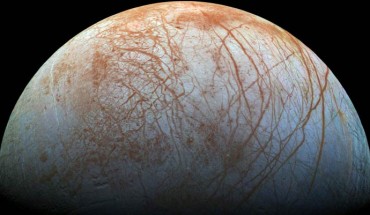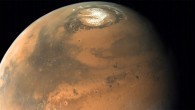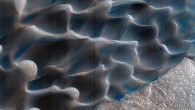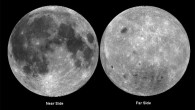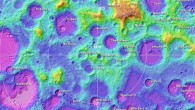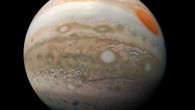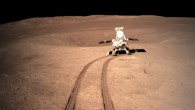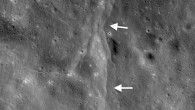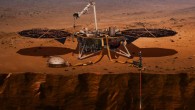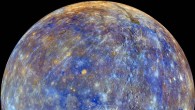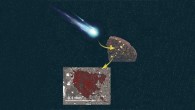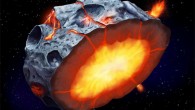Astronomers using the NASA/ESA Hubble Space Telescope have discovered that the yellow color visible on portions of the surface of Europa, the second Galilean satellite outward from Jupiter, is actually sodium chloride (table salt). The discovery, reported in the journal Science Advances, suggests that Europa’s underground ocean may chemically resemble Earth’s oceans more than previously thought. The surface of Europa looms large in this newly-reprocessed...

